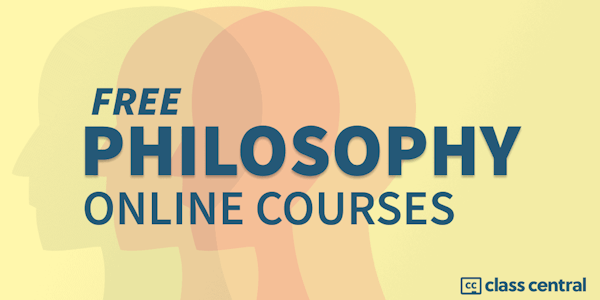《跨文化交际》课程是针对英语专业和非英语专业研究生开设的一门语言文化课程,课程的开设旨在从跨文化交际的视角,以跨文化交际理论和案例分析入手,启蒙学生跨文化交际意识,启发学生思考跨文化交际问题,分析跨文化现象,真正提高学生跨文化交际能力。跨文化交际能力是时代赋予研究生内涵发展的目标之一,符合“专业+”人才培养模式。
本课程主要分成九个部分,文化的含义及特征、交际和跨文化交际的含义、哲学与智慧、语言交际、非语言交际、语言与文化、饮食文化、中国和西方节日、文化融合。课程引导学生用国际视野看待中西文化差异,用批判性的眼光审视西方思维习惯和价值观念,课程整合英语工具性与人文性,使学生在提高英语语言应用能力的同时,培养学生国际视野和跨文化交际能力。课程在中西文化对感悟中国文化的博大精深,增强民族文化自豪感。
Overview
Syllabus
- Unit 1
- 1.1 A Definition of Culture
- 1.2 Characteristics of Culture
- 1.3 Cultural Syndromes
- Unit 2
- 2.1 A Definition of Communication
- 2.2 The Properties of Communication
- 2.3 Elements of Communication
- 2.4 Intercultural Communication
- Unit 3
- 3.1 Confucius and Confucianism
- 3.2 Laozi and Dao De Jing
- 3.3 Western Philosophy
- Unit 4
- 4.1 The Introduction of Verbal Communication
- 4.2 Form of Address
- 4.3 Initiating Conversation and Conversation Topic
- 4.4 Compliments
- 4.5 Euphemism in Verbal Communication
- 4.6 High/Low Context Cultures
- Unit 5
- 5.1 The Definition of Non-verbal Communication
- 5.2 Function of Non-verbal Communication
- 5.3 Gesture
- 5.4
- 5.5 Time Language
- Unit6
- 6.1 Color terms
- 6.2 Animal Terms
- 6.3 Euphemisim
- 6.4 Taboos
- Unit7
- 7.1 Cuisine Concept
- 7.2 Tableware
- 7.3 Cooking
- 7.4 Table Manners
- Unit8
- 8.1 The Spring Festival and Christmas
- 8.2 The Qingming Festival and Halloween
- 8.3 The Double Seventh Festival and Valentine's Day
- 8.4 The Mid-Autumn Festival and Thanksgiving Day
- Unit9
- 9.1 Definition of Culture Shock
- 9.2 Stages of Culture Shock
- 9.3 Overcoming Culture Shock
- 9.4 What is glovalization
- 9.5 Economic Globalization: EIIE
- 9.6 Cultural Globalization: Confucius Classroom
- 期末测试
Taught by
Northeast Agricultural University

